Shiva temples in Nepal hold a special place in Hindu spirituality. One of the main Hindu gods, Shiva is seen as the transformer and destroyer. Rich in religious history, Nepal has several old and notable Shiva temples. Both visitors and devotees get to see the architectural wonders and centuries-old customs. From the globally renowned Pashupatinath to less-known gems, Nepal’s Shiva temples highlight the strong faith of the nation. You can be ready to feel the spiritual aura of these hallowed shrines while visiting the same.
Top 9 Shiva Temples In Nepal
Each of these top 9 Shiva temples in Nepal provides a different window into the rich religious legacy of the nation:
1. Pashupatinath Temple
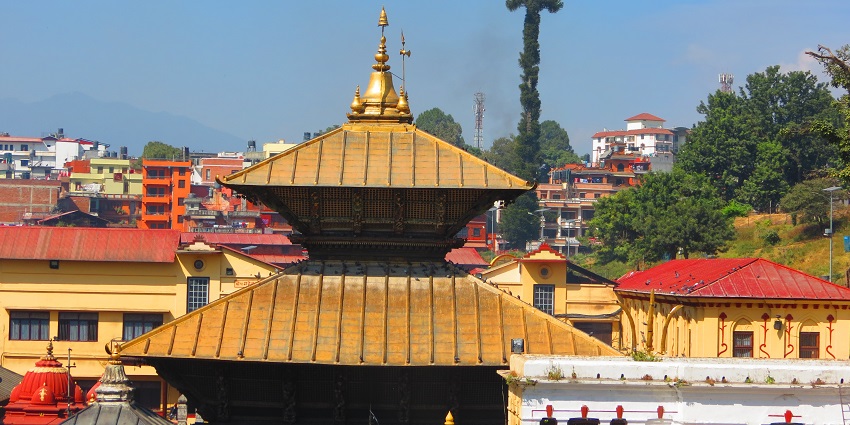
Photo: Bhattaraimadhav.nepal / Wikimedia Commons
Pashupatinath Temple is one of the most famous Shiva temples in Nepal, located in Kathmandu. This UNESCO World Heritage Site, which dates back 400 CE, is dedicated to Lord Shiva as Pashupati. It comprises nearly 500 temples and has ghats along the Bagmati river. The 246-acre temple complex’s magnificent golden ceiling, detailed carvings, and Nepali pagoda architecture attract many pilgrims and visitors. Lord Shiva Pashupatinath is especially busy during the Maha Shivaratri celebration. As one of the holy temples in Nepal, it serves as a significant cremation site and a centre for Hindu spiritual practices.
Location: Pashupati Nath Road, Kathmandu
Timings: 10 AM to 5 PM
Entry Fee: Free
Suggested Read: https://tripxl.com/blog/bungee-jumping-in-nepal/
2. Ankuri Mahadev Temple
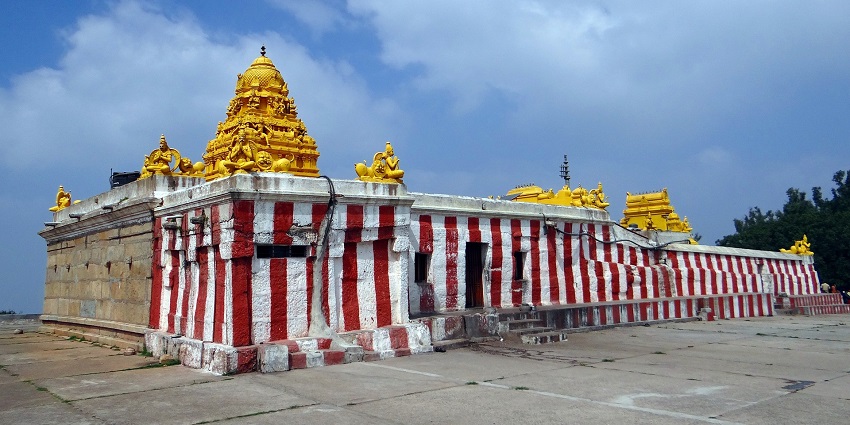
Photo: sarangib / Pixabay / Image For Representation Only
Ankuri Mahadev Temple, situated in Mahadeva, is one of the popular Shiv temples in Nepal. One Shiva Linga in the main temple has a distinctive fist-sized dent on top. Local legends hold that cowherds noticed the Shiva Linga mysteriously returning to its natural location when relocated. The temple complex also has shrines for Goddess Parvati and Lord Hanuman. Ankuri Mahadev is notable during festivals such as Shivaratri and Anant Chaturdashi, which include massive fairs. Devotees come here to seek Lord Shiva’s blessings and do sacred yajnas.
Location: Mahadeva
Entry Fee: Free
3. Parasnath Temple
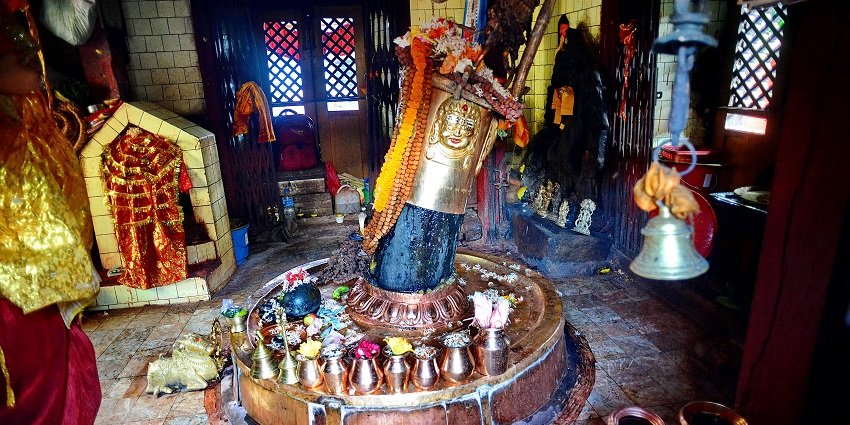
Photo: Rajesh Dhungana / Wikimedia Commons
Parasnath Temple is an important temple in Nepal for the Jain community. Built in honour of the 23rd Tirthankara in Jainism, Lord Parasnath, this temple highlights Nepal’s religious variety. The temple’s construction has elaborate patterns and magnificent carvings of numerous Jain symbols and motifs. For Jains, particularly during celebrations and special events, it is a major pilgrimage location. The temple’s existence emphasises how harmoniously diverse religions coexist in Nepal.
Location: Itari Parsahi
Entry Fee: Free
Suggested Read: Himalaya Base Camp Trek
4. Bagh Bhairab Temple
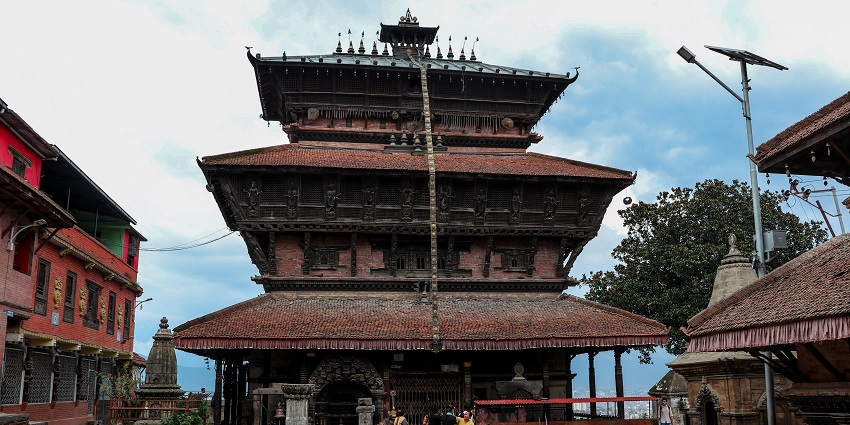
Photo: Shadow Ayush / Wikimedia Commons
Bagh Bhairab Temple, a well-known Shiva temple in Nepal, is situated near Kirtipur. Considered the protector of Kirtipur, this 16th-century temple is dedicated to Bagh Bhairab, an avatar of Lord Shiva depicted as a tiger. The swords used by Prithvi Narayan Shah’s in the Battle of Kirtipur are kept in the temple. Celebrated in mid-August, the annual Bagh Bhairab Jatra event comprises a parade of the Bagh Bhairab idol followed by Lakhey dance and traditional music.
Location: Kirtipur
Timings: 6 AM to 8 PM
Entry Fee: Free
5. Bhairabsthan Temple
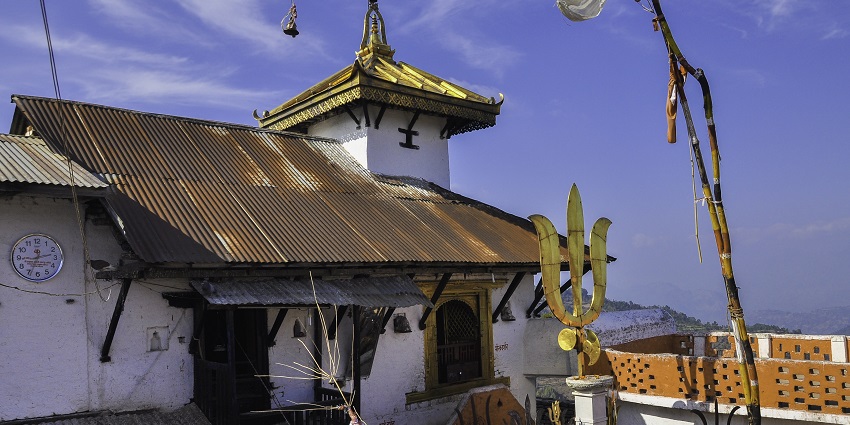
Photo: Bibek Raj Pandeya / Wikimedia Commons
Bhairabsthan Temple, an important Shiva temple in Nepal, is dedicated to Bhairab, an incarnation of Lord Shiva. The temple was founded by King Mukunda Sena of the Sena dynasty and is situated in the Palpa district. Its historical importance stems from the king’s invasion of Kathmandu, when he brought the Bhairab statue from the Matsyendra Nath Temple. The temple has distinctive customs like Pancha Bali particularly active during the Dashain celebration. Usually on Tuesdays and Saturdays, devotees bring rot, a classic rice flour bread cooked in ghee.
Location: Tansen-Ridi-Tamghas Road, Bhairabsthan
Entrance Fee: Free
Suggested Read: Enjoy Trekking In Nepal
6. Bolbam Dham
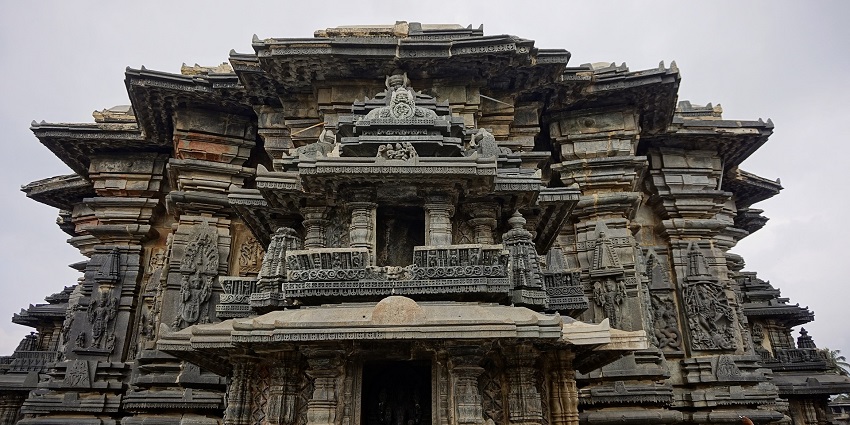
Photo: marineguyy / Pixabay / Image For Representation Only
Popular Shiva temple Bolbam Dham is located in the Rupandehi area of Nepal. The main temple houses a Shiva Linga surrounded by 108 other Shiva Lingas. There are different complexes in the temple honouring Ganesh-Parvati, Laxmi Narayan, Radha Krishna, and Sanoshi Mata. Legends assert that Buddha’s parents offered prayers at the Shiva Linga in this location, which has a history that precedes the Buddha’s birth. The temple is well-known for establishing Nepal’s Shravani Mela celebration and housing the country’s first Shiva Jyotirling.
Location: Sainamaina
Entry Fee: Free
7. Shiva Parvati Temple
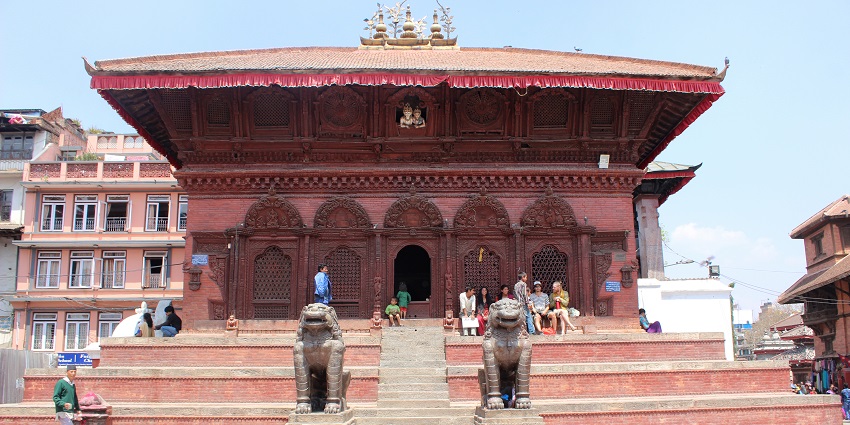
Photo: Maesi64 / Wikimedia Commons
Shiva Parvati Temple in Nepal is a renowned Shiva temple located in Kathmandu Durbar Square. Designed by Bahadur Shah in the 18th century, this temple honours Lord Shiva and Goddess Parvati. Its two-story pagoda-style construction has colourful Shiva and Parvati statues, which can be seen in an upper-floor window, along with detailed carvings. The temple survived the 2015 earthquake, demonstrating its durability and ongoing importance in Nepal’s spiritual environment. Reflecting the rich cultural legacy of the area, it draws travellers as well as pilgrims.
Location: Kathmandu
Timings: 24*7
Entry Fee: Free
Suggested Read: Skydiving In Pokhara
8. Siddha Baba Temple
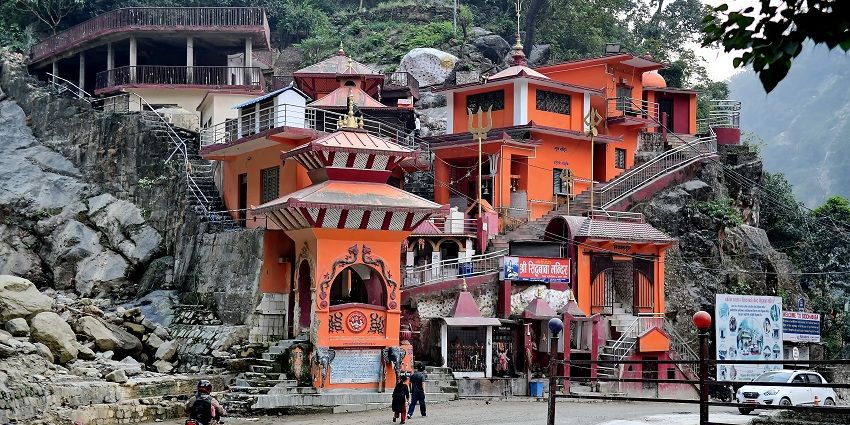
Photo: Rajesh Dhungana / Wikimedia Commons
Siddha Baba Temple is a significant Shiva temple in Nepal. People from all across Nepal visit this temple, especially from Palpa, Rupandehi, and adjacent districts. Devotees think visiting the shrine would satisfy their aspirations. A special custom is the releasing of pigeons by followers when their needs are satisfied, hence fostering a large pigeon colony around the temple. There are great activities at the temple especially on Saturdays, Mondays, and during Shiva-related celebrations.
Location: Butwal, Palpa
Timings: 24*7
Entry Fee: Free
9. Haleshi Mahadev Temple
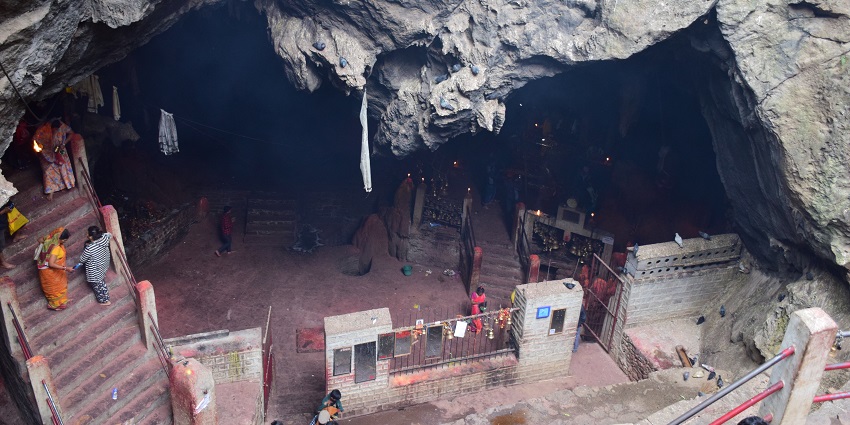
Photo: Roshan Raj Adhikari / Wikimedia Commons
Often known as the “Pashupatinath of the East,” Haleshi Mahadev Temple is among Nepal’s sacred sites honouring Lord Shiva. It is known to have been Shiva’s haven from the demon Bhasmasura, this cave shrine is situated in the Khotang area. For Hindus, Buddhists, and the Kirat people especially, the location is significant. The main cave contains the Haleshwar Mahadev statue which is designed like a cow’s head. The complex has multiple caves connected to different gods. Haleshi Mahadev draws pilgrims looking for spiritual satisfaction with its magical atmosphere and unspoiled beauty.
Location: Kanchanbari, Biratnagar
Timings: 6 AM – 8 PM
Entry Fee: Free
Suggested Read: Chitwan Jungle Safari
Shiva temples in Nepal offer a spiritual journey through centuries of devotion and architectural marvels. Every landmark, from great pagodas to prehistoric cave temples, presents a different narrative of religion and culture. All set to encounter Nepal’s heavenly presence of Lord Shiva? Let TripXL lead you over these holy locations. Plan your spiritual journey right now to produce a lifetime of memories.
Cover Photo: Rajesh Dhungana / Wikimedia Commons


 WhatsApp
WhatsApp
 Twitter
Twitter









